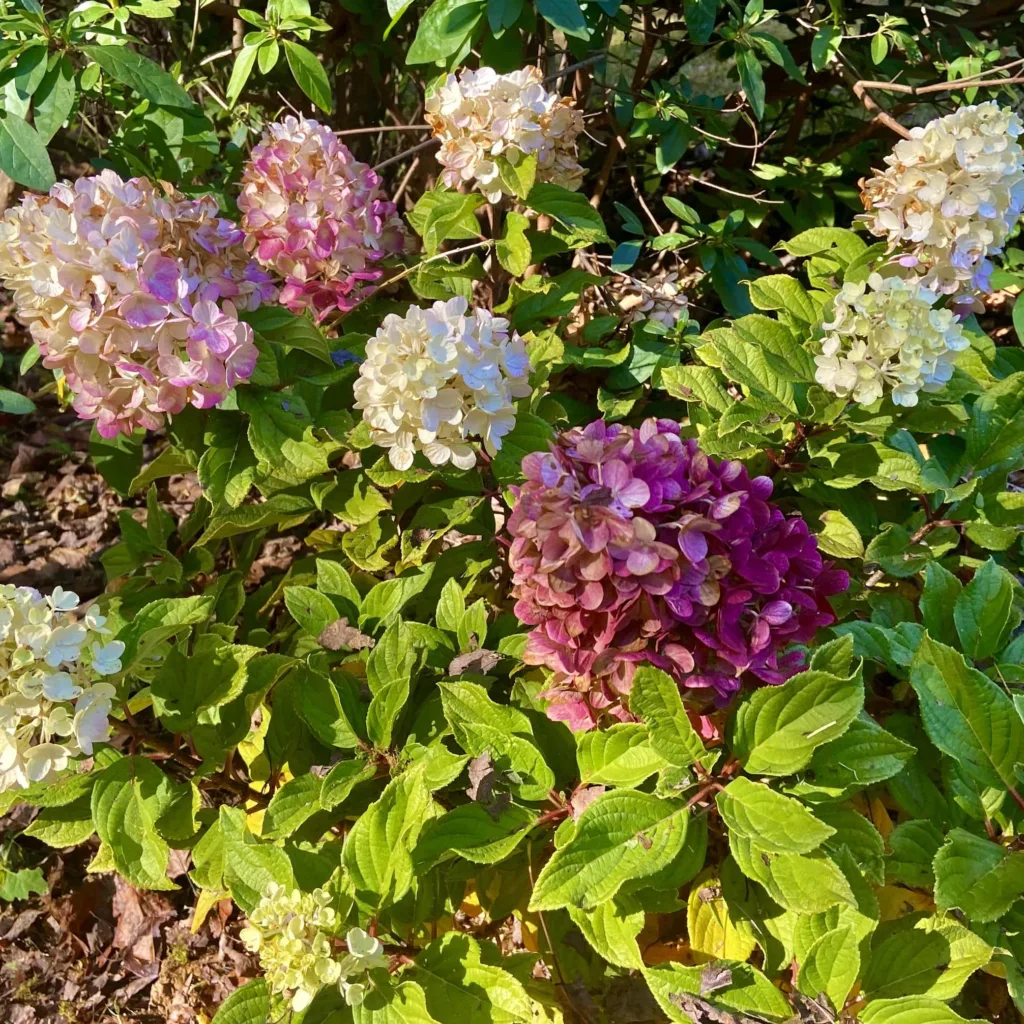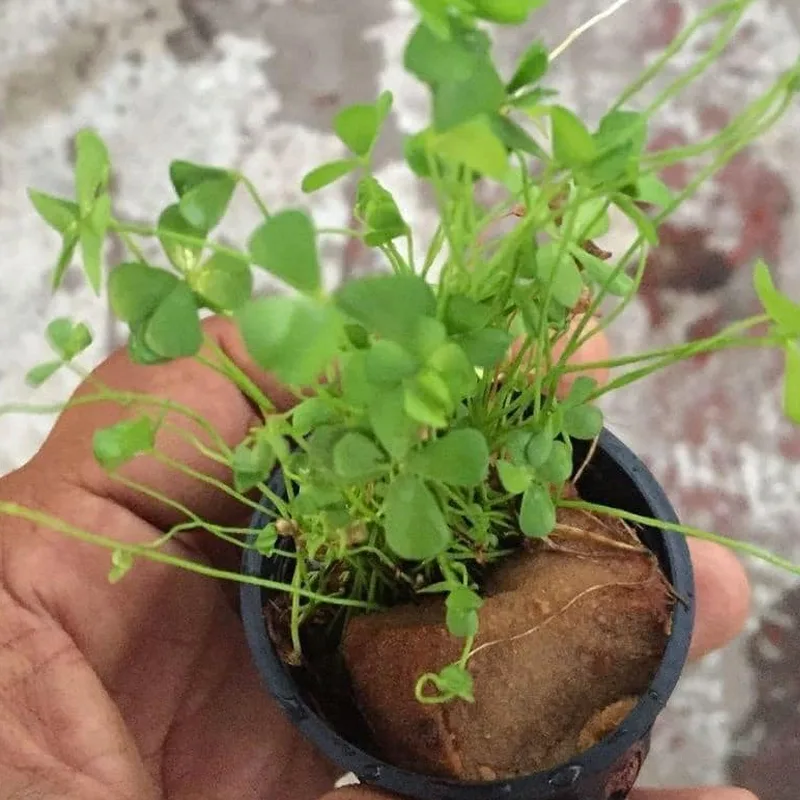
The Enchanting Euphorbia Flanaganii: A Medusa in My Midst
Euphorbia flanaganii, also known as the Transkei Medusa’s Head, has become a captivating fixture in my home. This unique succulent, with its sprawling, snake-like branches, adds a touch of whimsy and otherworldliness to my décor. But beyond its fascinating appearance, the Euphorbia flanaganii is surprisingly easy to care for, making it ideal for beginner plant enthusiasts like myself.
Over the past year, I’ve delved into the world of this intriguing succulent, and I’m excited to share my experiences and knowledge with you. In this article, we’ll explore the Euphorbia flanaganii in detail, from its origins and characteristics to practical tips on caring for and propagating this captivating plant.
2093 Species in Genus Euphorbia
Unveiling the Medusa’s Secrets: What is Euphorbia Flanaganii?
Hailing from the sunny shores of South Africa, the Euphorbia flanaganii is a dwarf succulent belonging to the Euphorbiaceae family. Unlike its close relatives, cacti, this succulent boasts a swollen underground stem, from which emerge its most striking feature – its serpentine branches. These branches, devoid of thorns and spreading horizontally, resemble Medusa’s legendary snake-hair, hence the plant’s namesake.
The Euphorbia flanaganii thrives in arid environments, making it perfectly suited for hot and dry climates. Its plump, water-storing stems allow it to withstand periods of drought. While the plant itself is a slow grower, it readily produces offsets, creating a mesmerizing, sprawling colony over time.
Can You Grow Euphorbia Flanaganii Indoors?
Absolutely! The Euphorbia flanaganii adapts remarkably well to indoor environments, making it a fantastic choice for those seeking to bring a touch of the exotic indoors. Here’s what you need to know to cultivate this fascinating succulent within your home:
- Light: Mimic its natural habitat by providing your Euphorbia flanaganii with plenty of bright, indirect sunlight. A south-facing window is ideal. Avoid harsh afternoon sun, which can scorch the leaves.
- Watering: Remember, this is a drought-tolerant succulent. Overwatering is a leading cause of Euphorbia flanaganii demise. Allow the soil to dry completely between waterings. During the winter months, you can water even less frequently.
- Soil: Opt for a well-draining succulent or cactus mix. Ensure your pot has drainage holes to prevent waterlogging.
- Temperature: The Euphorbia flanaganii thrives in warm temperatures, ideally between 65°F and 80°F (18°C and 27°C). Protect it from sudden drops in temperature and avoid placing it near cold drafts.
How to Propagate Euphorbia Flanaganii?
The beauty of the Euphorbia flanaganii is that it’s easy to propagate, allowing you to share its magic with friends and family or expand your own collection. Here’s a simple method for propagating your Euphorbia flanaganii:
- Select a Healthy Stem: Choose a plump, healthy stem with a few segments. Use a sterilized knife or shears to make a clean cut just below a node (the bump where leaves emerge).
- Allow the Cutting to Callous Over: Leave the cut end of the stem exposed for a few days to allow a callus to form. This prevents rot when planted.
- Prepare the Pot: Fill a pot with well-draining succulent or cactus mix. Moisten the soil lightly.
- Plant the Cutting: Plant the calloused end of the stem about an inch deep into the moistened soil. Don’t water it immediately.
- Patience is Key: Resist the urge to water excessively. Allow the roots to establish before watering regularly. You should see new growth within a few weeks.
Beyond the Basics: Additional Care Tips for Euphorbia Flanaganii
- Feeding: While not essential, a light feeding with a balanced succulent fertilizer during the growing season (spring and summer) can promote healthy growth.
- Repotting: As your Euphorbia flanaganii matures and produces offsets, you might need to repot it into a larger container. Opt for a pot that’s just slightly bigger than the current one to prevent overwatering.
- Safety First: Remember, the Euphorbia flanaganii, like all Euphorbias, contains a milky white sap that can be irritating to the skin and eyes. Wear gloves when handling the plant and be mindful to keep it away from children and pets.
With a little care and attention, your Euphorbia flanaganii will thrive for years to come, its mesmerizing form adding a touch of otherworldly charm to your living space. So, why not invite this captivating succulent into your home and witness the magic of the Medusa’s Head unfold?
If i die, water my plants!



